What are some breathing techniques to reduce stress?
Can you prove to breathe deeper reduces stress?
What is the best breathing practice to calm down?
What is the best breathing technique to prepare for sleep?
Breathing is a way to feel present, centered, aware, and healthy. It is our key to feeling aligned. Experts have long discussed the importance of relaxed and calm breathing and how it can transform mental and physical health.
We are building a comprehensive library of breathwork and breathing experts at breathtechnologies.com/resources. Today’s breathing experts continue to stress the importance of slowing your breathing rhythm to achieve a calmer mental and physical state.
For example, Dr. James Nestor, scientific journalist and author of the New York Times best-seller, “Breath, the new science of a lost art” details in a podcast titled How to Breath for Optimal Brain Performance with author Jim Kwik, a great summary of all breathing exercises.
He studied breathing methods for many years and determined a quick and easy way to prove that breathing exercises can affect mental and physical states like calming down and relieving stress.
For example, James shared placing your hand on your heart; when you inhale, you can feel your heart beat faster. When you exhale longer, you feel your heartbeat slow.
Give it a try to determine your own outcome and let us know what you think at breathtechnologies.com.
Deep breathing activates our brain and body by sending signals to remain relaxed and calm. Deep breathing also helps in reducing stress levels, blood pressure, and heart rate. All these bodily functions usually rise under stressed and tense environments.
It has been observed that once we gain control over our breathing and calm ourselves down, we can manage any situation much better and more effectively.
Health practices including neurologists, psychologists, yoga practitioners, health experts, meditation, and spiritual gurus have all focused on and highlighted the importance of breathing exercises and their wonders for a person’s overall health and state of being.
You might find it empowering to know that much of our mental and physical well-being is in our own hands – all if we focus on breathing well and learning the right techniques.
We can take control of our day-to-day lives and operate from a much more peaceful place. While many exercises help resolve various issues and health conditions, some basic breathing exercises can instantly help you feel calm.
Some of These Exercises are Listed Below:
Equal Breathing Technique
What is equal breathing? Equal breathing means inhaling and exhaling for the same amount of time.
If you are needing a tool to get to sleep, this breathing practice is for you. This technique, also known as sama vritti, is a breathing exercise especially effective before bed.
If you’re having trouble sleeping, this technique can help take your mind off racing thoughts, stay present, and feel relaxed.
Method: Begin by sitting or lying down in a comfortable position. Your eyes can be open or closed. Inhale for 4 counts, and then exhale for 4 counts.
All inhalations and exhalations should occur through your nose, adding a slight, natural resistance to your breath. Once you learn the method, try 6–8 counts per breath.
And yes, you can practice while lying in bed, and if you are not sure of the counting, count with your heartbeats. It’s an easy way to focus on your current state and prepare for sleep.
Abdominal Breathing Technique
The abdominal breathing technique can be really helpful before you face a potentially stressful event like taking an exam or giving a big presentation. It is an easy and effective breathing exercise to calm down before performing such tasks.
Method: Place one hand on your chest and the other on your belly. Take a deep breath through your nose, allowing the diaphragm (not your chest) to inflate with enough air to create a slight stretching sensation in your lungs. Slowly exhale. Regular practice of this technique can help in reducing heart rate and blood pressure. Visit Breathtechnologies.com to practice. It is recommended to practice twice a day for 6 weeks, but you can track your blood pressure to ensure you are getting the results you were looking for. The best part is that this is a free tool to improve your health and wellness. It only costs your time and effort.
4-7-8 Breathing Technique
What is 4-7-8 breathing? It is the seconds that it takes to complete your breath cycle broken into sections. This practice takes 75% of your total breath cycle to exhale (this includes the 7 seconds hold and 8 seconds release) to induce a more relaxed, less stressful state.
This breathing exercise is an alternative to equal breathing and can help you fall asleep faster.
It has roots in yoga’s pranayama, but it is one of psychiatrists’ top recommended breathing practices to help prevent anxiety attacks.
This practice is a great tool for helping people gain control over their breath by slowing down. It is also a good breathing exercise for stress.
Method: Begin by sitting or lying down in a comfortable position. Your eyes can be open or closed. Press the tip of your tongue to the roof of your mouth, slightly open your mouth and exhale until you reach the bottom of your breath.
Close your mouth and quietly inhale through your nose for 4 counts. Then hold your breath for 7 counts.
Finally, exhale very slowly so that it takes a total of 8 counts to return to the bottom of your breath. Repeat for 4 full breaths and work your way up to 8 breaths with practice and over the course of time.
Progressive Muscle Relaxation
The progressive muscle relaxation method works best when you’re sitting at home, in your office, or even in your car – by intentionally tensing and then relaxing each muscle group one at a time. When you are ready to unwind for the day, it is best to get a completely relaxed mood and release tension.
Method: Close your eyes and focus on tensing and relaxing each muscle group for 2 to 3 seconds. Start with your feet and toes.
Then move up to your knees, thighs, glutes, chest, arms, hands, neck, jaw, and eyes. Maintain deep, slow breaths throughout the process. If holding your breath ever feels uncomfortable, tone it down to just a few seconds.
Alternate Nostril Breathing Technique
While many of the practices above are focused on calming, there are breathing tools to help you feel re-energized and refreshed. Most of us find ourselves despite a full night of sleep, often under pressure and having a lot of tasks to finish which can become overwhelming.
Alternate nostril breathing is a great tool to assist our bodies in becoming energized. This particular exercise can come to your rescue at such times and help you feel rejuvenated.
Method: Start by sitting in a comfortable meditative pose. Bring your hand up in front of your face and press your thumb on the outside of one nostril. Inhale deeply through your open nostril.
At the peak of your inhalation, release your thumb and press your ring finger on the outside of your other nostril. Then exhale. Continue this pattern for 1–2 minutes before switching sides so that you inhale through the nostril you originally used to exhale and vice versa. Spend equal amounts of time inhaling and exhaling through both nostrils.
Breathing exercises for relaxation are great for calming the mind, body, and spirit. Some of these take some practice, but most are simple to apply. Your breath is one of your best defenses against daily stress, frustration, and anxiety.
Once you learn the art of expert inhaling and exhaling, you will surely see the difference and feel a lot better.
Listen to what your body is trying to tell you. It is also important to remember that breathing is an indicator of how you are feeling. If, at any point, you feel breathing difficulty, seek medical help immediately.











